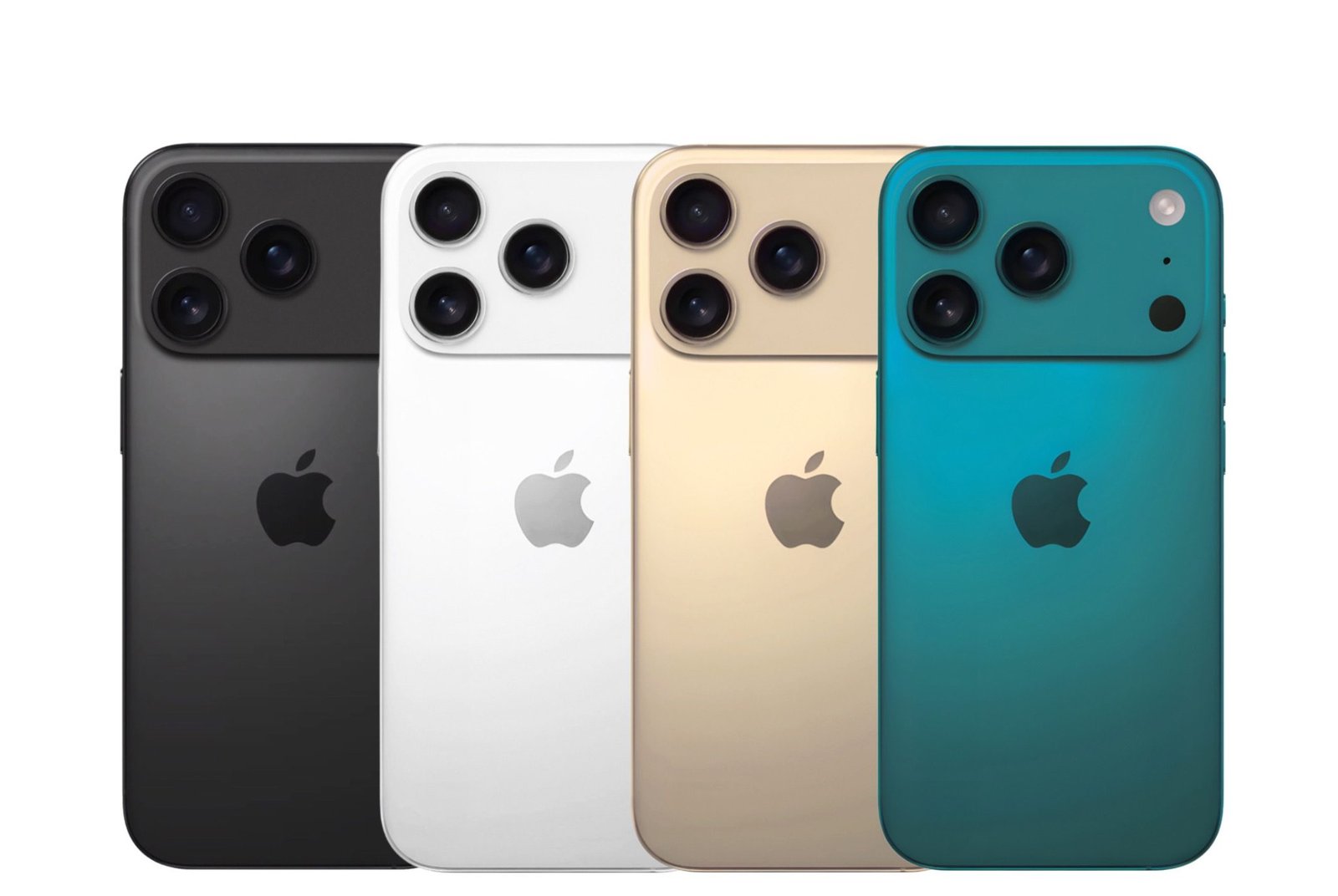Founded in 2016 by Elon Musk and a team of leading scientists and engineers, Neuralink Corporation has quickly become synonymous with cutting-edge advancements in neurotechnology. The company’s primary mission is ambitious: to develop implantable brain-machine interfaces (BMIs) that could one day help humans merge with artificial intelligence, potentially unlocking extraordinary capabilities.
A Vision for the Future
Elon Musk’s interest in Neuralink stems from a desire to address the potential existential threats posed by artificial intelligence surpassing human intellect. By creating interfaces that could help enhance human cognitive abilities, Musk envisions a future where humanity can keep pace with AI advancements. This symbiosis between humans and machines could lead to unprecedented breakthroughs in science, medicine, and technology.
Innovations in Brain-Machine Interfaces

Neuralink’s technology centers around the development of ultra-fine, flexible threads, which are thinner than a human hair. These threads are designed to be inserted into the brain’s surface to monitor neuronal activity without significant damage, a common risk with current stiffer and larger probes. In 2019, Neuralink showcased a system that could read information from a rat’s brain via thousands of these tiny electrodes, marking a significant achievement in the field.
Breakthroughs and Development
Neuralink’s progress has been bolstered by significant funding, with $158 million raised by 2019, of which $100 million was personally contributed by Musk. The team at Neuralink includes experts across various fields, including neuroscience, bioengineering, and robotics, which is crucial for tackling the multifaceted challenges of safely and effectively integrating technology with the human brain.
The company’s notable developments include the N1 sensor, designed to be implanted into the human brain and connected via flexible threads to a wearable device that serves as the communication hub. In a demonstration, Neuralink’s technology allowed a pig to control a computer interface with its mind, showcasing the potential for human applications.
Advancing to Human Trials
2024 marked a significant year for Neuralink as it received FDA approval to begin human trials, a critical step for any medical device company. These trials aim to assess the safety and functionality of Neuralink’s technology, particularly for individuals with severe mobility limitations. The first human implantation, performed as part of these trials, was on a paralyzed individual, aiming to enable control of digital devices through thought alone.
Ethical and Societal Implications
As Neuralink moves closer to realizing its technology’s practical applications, the ethical, medical, and societal implications come to the forefront. Issues such as data privacy, security, and the long-term effects of having a digital interface within the human brain are among the key concerns that need addressing. Moreover, the prospect of enhancing human capabilities through technology raises fundamental questions about the nature of human experience and identity.
Neuralink in the Broader Context

Neuralink is not alone in the neurotechnology space. Companies like NeuroPro, Neurable, and Paradromics are also making significant strides in developing technologies that aim to merge human cognitive functions with computer interfaces. These developments signify a growing industry trend focused on enhancing human capabilities and treating neurological disorders through innovative technologies.
Looking Ahead
The future of Neuralink and brain-machine interface technology holds vast potential. From treating debilitating neurological conditions to enhancing cognitive functions, the possibilities are as intriguing as they are vast. However, as this technology develops, it will be crucial for Neuralink and similar companies to navigate the ethical landscapes and regulatory environments thoughtfully and transparently.
Neuralink continues to push the boundaries of what is possible in neurotechnology, driven by a vision that could fundamentally alter human capabilities and the future of human interaction with technology.
For anyone keeping an eye on advancements in technology and neuroscience, Neuralink represents a fascinating segment of the tech industry, promising to be as disruptive as it is innovative. As the company moves forward with its clinical trials and further development, the world watches eagerly, anticipating the next breakthrough that could redefine the essence of human-machine symbiosis.












